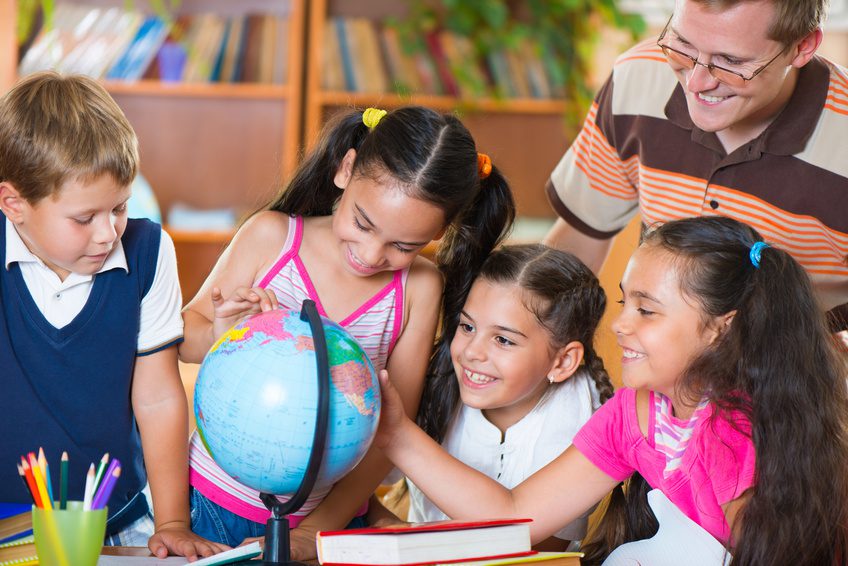Evolution of Children’s Learning
Throughout life you never stop learning, but our childhood education has a profound effect on our adult lives. It shapes our future and contributes to the person we become. Education can even, depending on the position we find ourselves in as an adult, affect the fate of countries and cultures.

Learning is vital from an early age, and the education we receive from being born to turning 12 is the most crucial time for developing skills. Most of this learning is done at school. Teachers of course play a huge role in this education, but the facilities and supplies available to students are also important.
Primary schools and their facilities have changed greatly over the years. One of the biggest developments was the introduction of the computer to schools in the early 1980s. Initially, the government worked to have one computer in every primary school in the country (source: McKinsey & Company report found on rubble.heppell.net). There are now an average of 10 computers in each primary school and 85 in each high school.
Today most schools have their own computer labs, which means kids can spend more time practicing their IT skills. Not only do all primary schools have computers, but the BBC recently reported that 70% of schools in the UK now use tablet computers too.
This means there is a whole new way for kids to learn. Tablets are particularly effective for children with autism, who struggle to engage with traditional classroom methods. For example, this article on parenting.com explains how autistic children find it difficult to hold a pencil – they find it much easier to draw on an iPad.
In a similar way, voice-recognition technology has now permeated primary schools and made a huge different to the lives of children with special educational needs. Children with dyslexia, for example, can now speak into a computer instead of typing. They wouldn’t use the technology in a spelling test, but when spelling is not the objective of the lesson voice-recognition technology removes a frustrating barrier for dyslexic children – read more on the issue at abilitynet.org.uk.
Another development that has changed primary education significantly is the removal of the chalkboard. Teachers now use a variety of high-tech tools to present material instead, such as projecting power point presentations or the interactive whiteboard. When compared with the 1980s, schools enjoy a much bigger choice of teaching equipment and supplies from companies such as Hope Education
Nowadays there is so much educational technology on offer, that primary schools can find solutions to help every child. Whether they have special needs or a unique learning style, now every child can engage more with their education, which will have a hugely positive impact on the rest of their lives.



